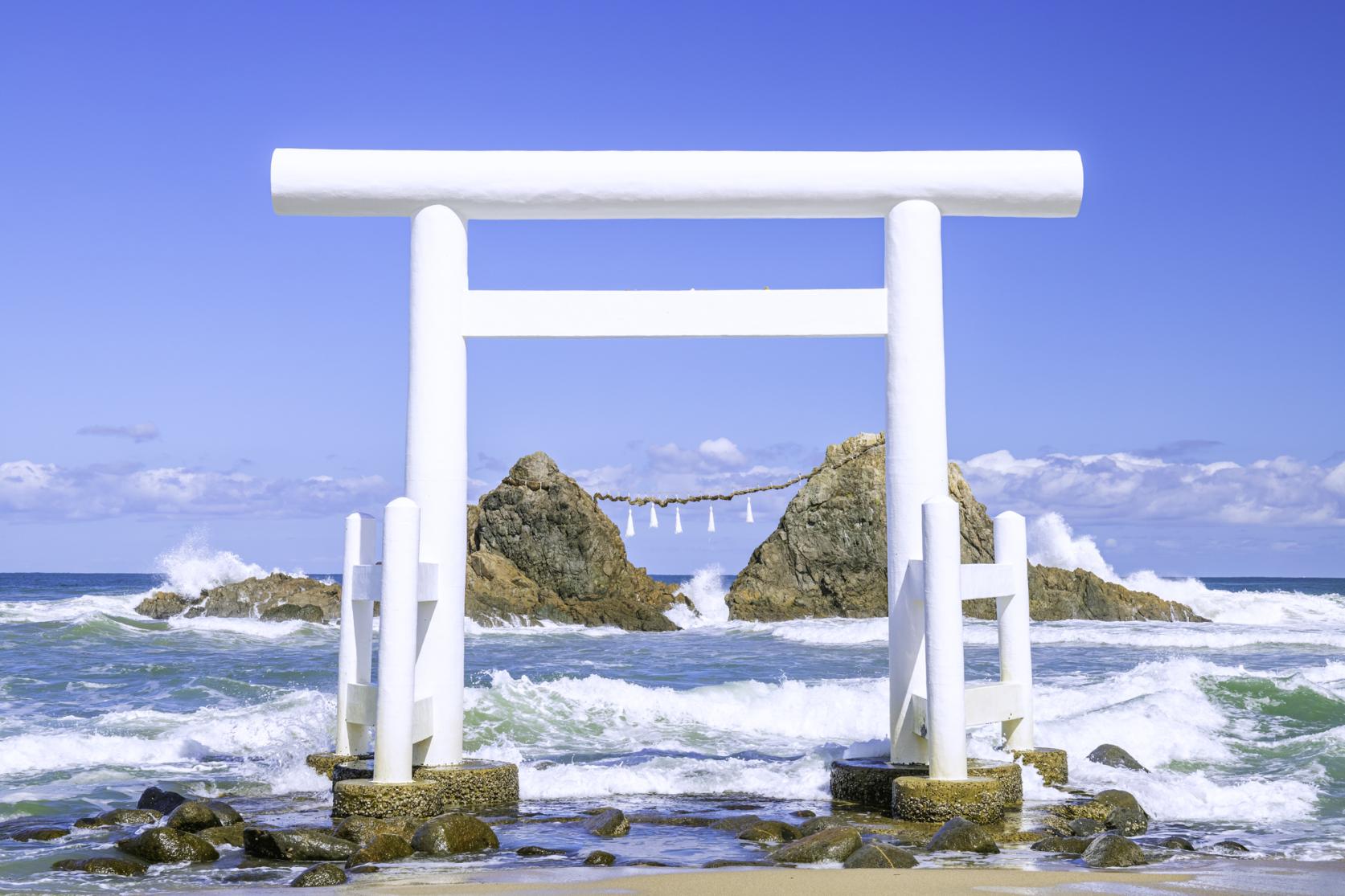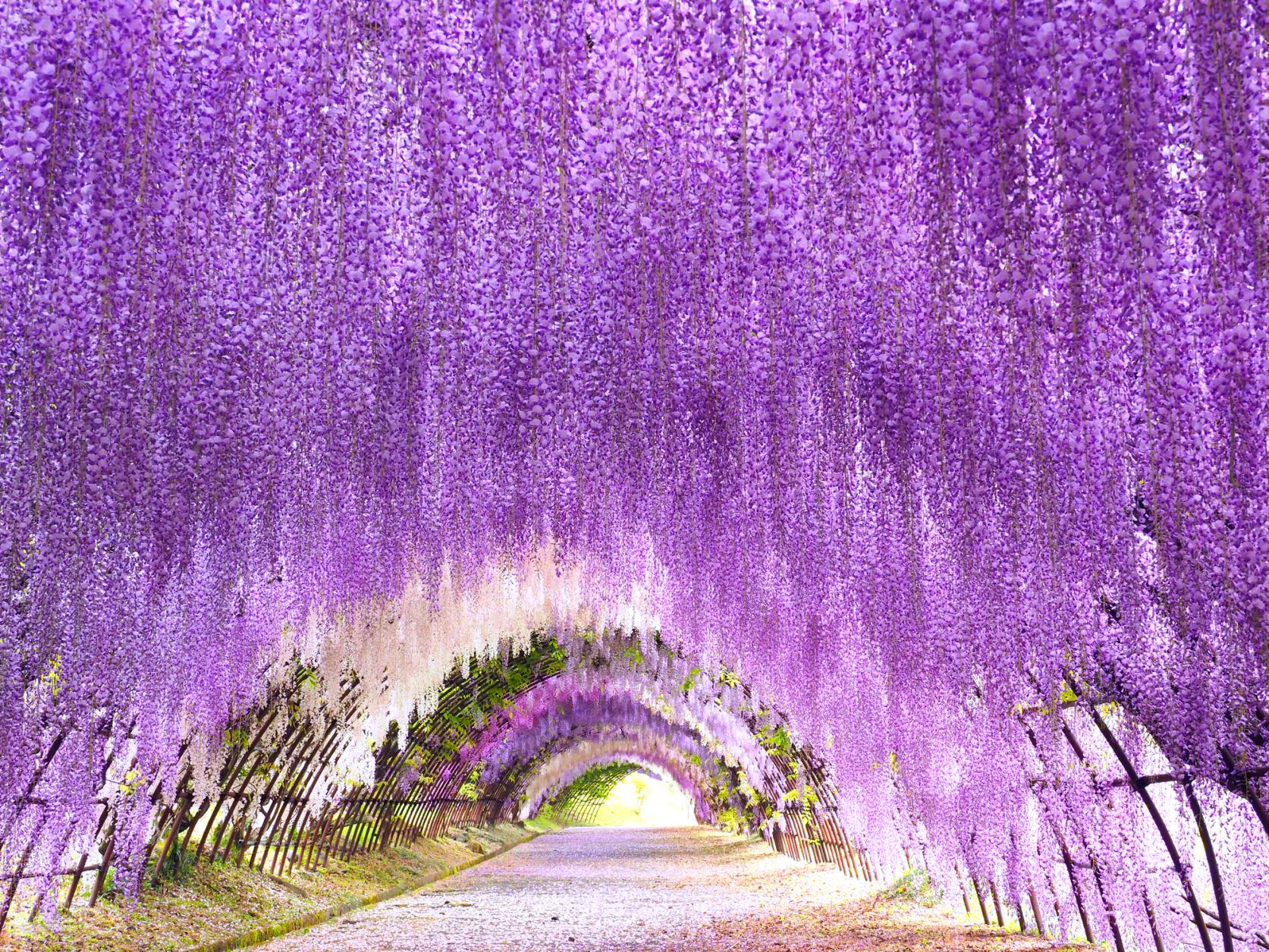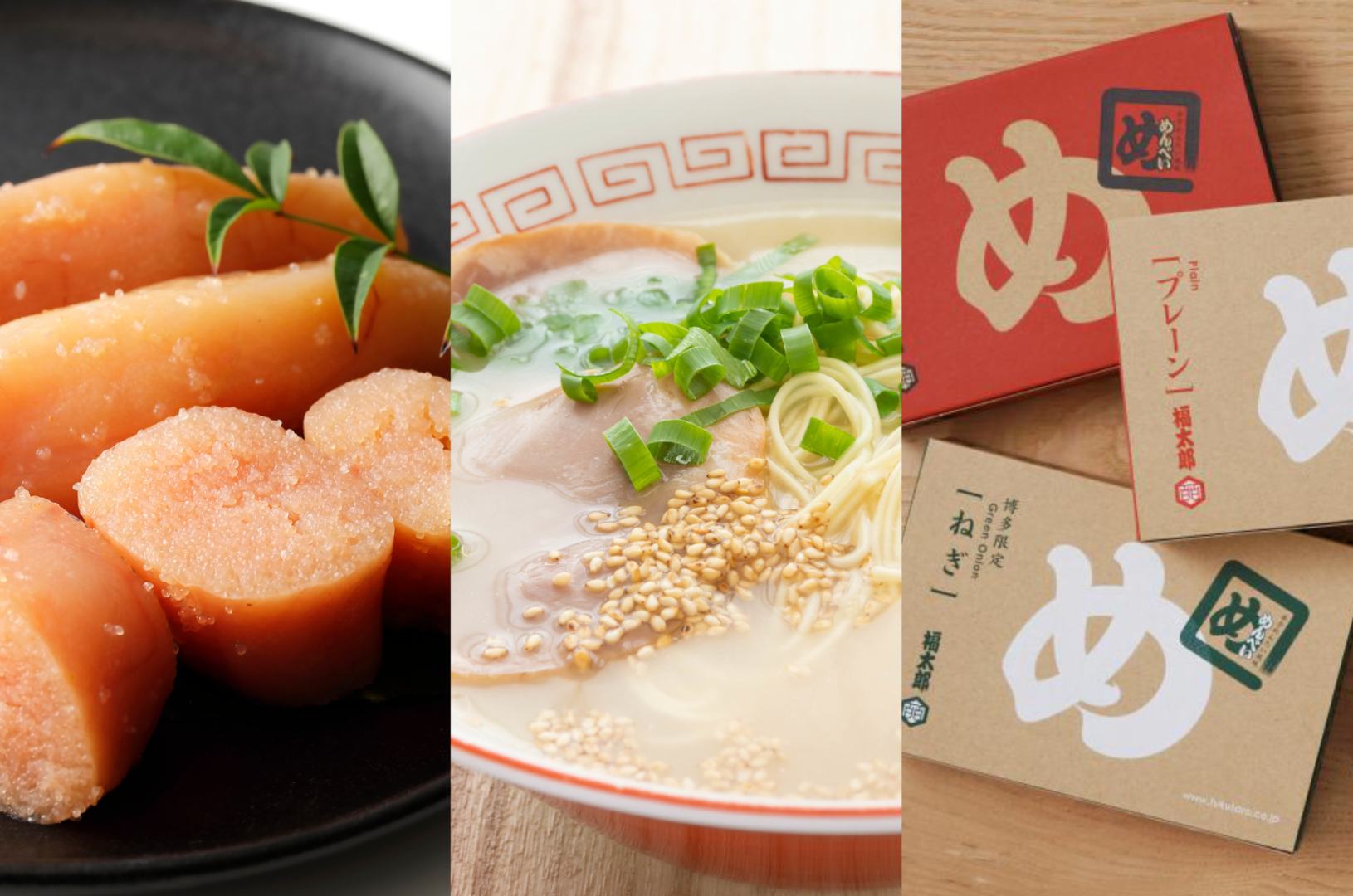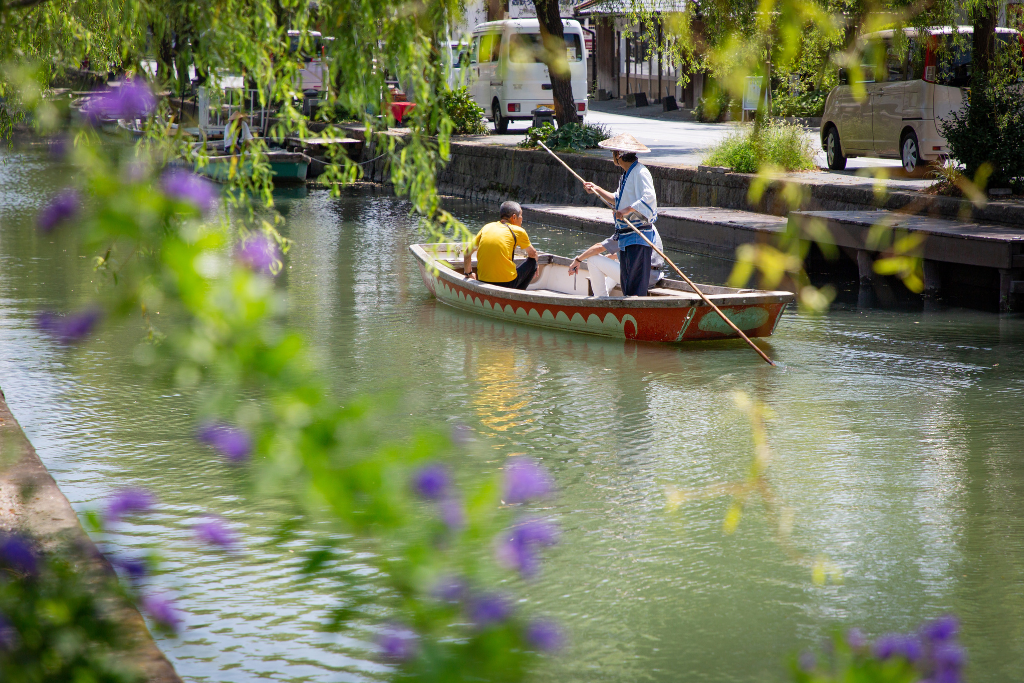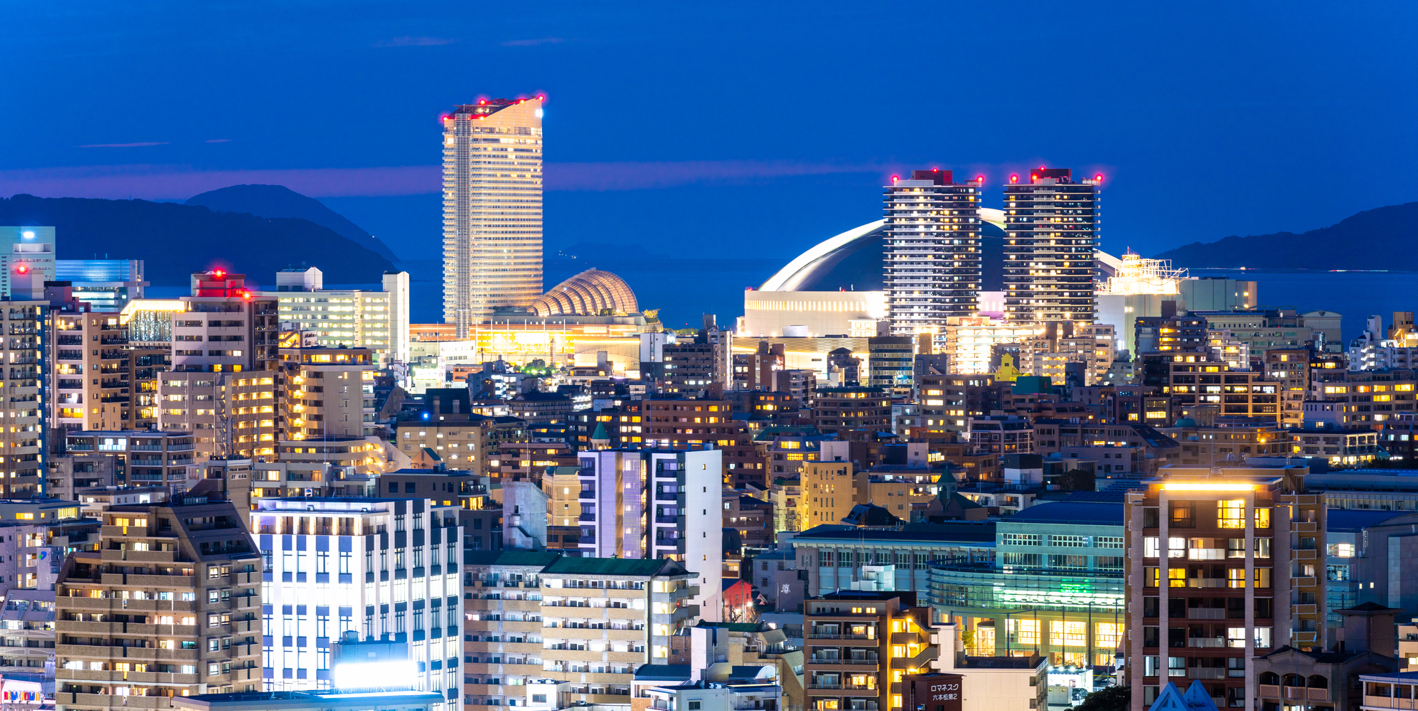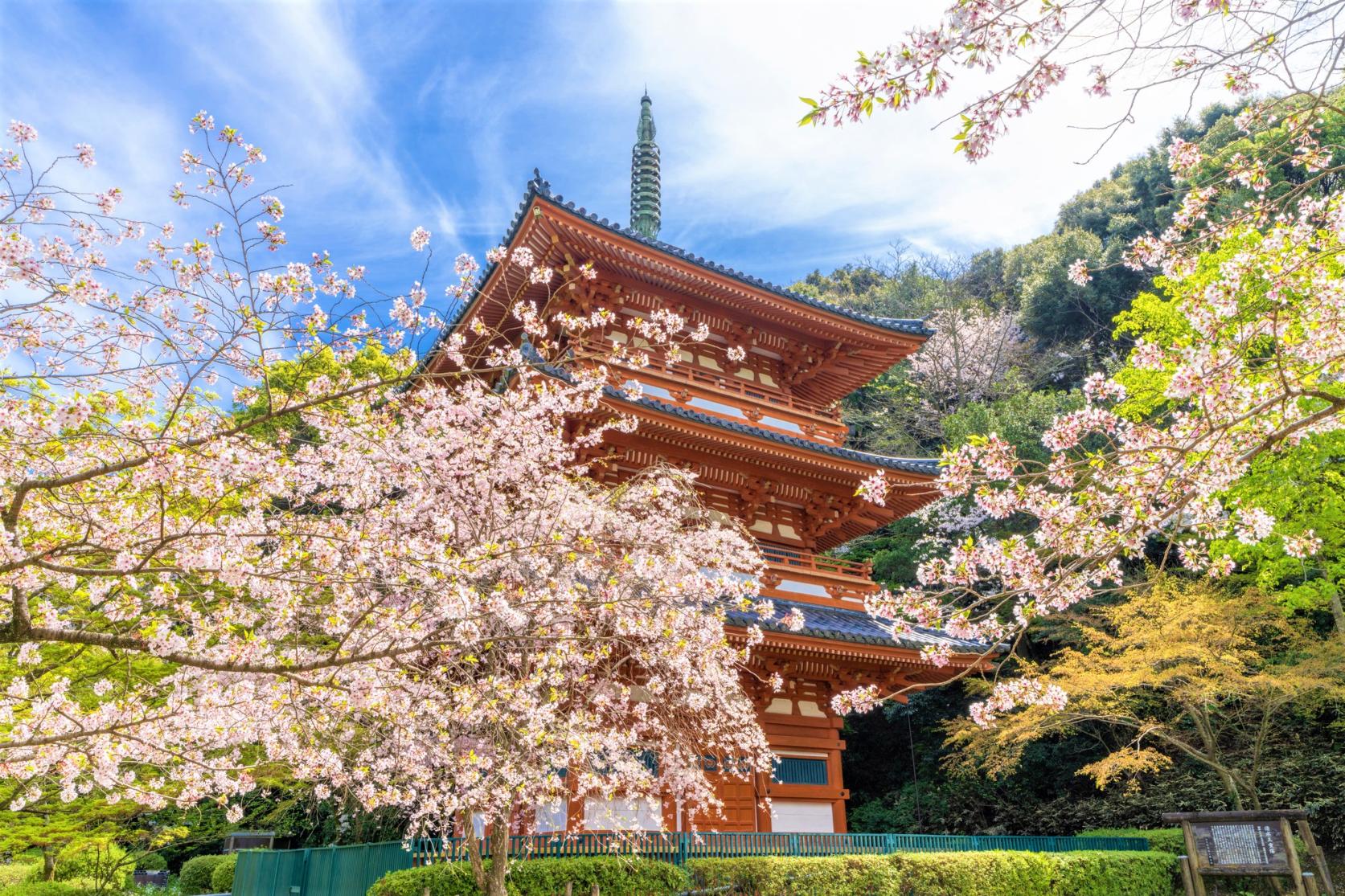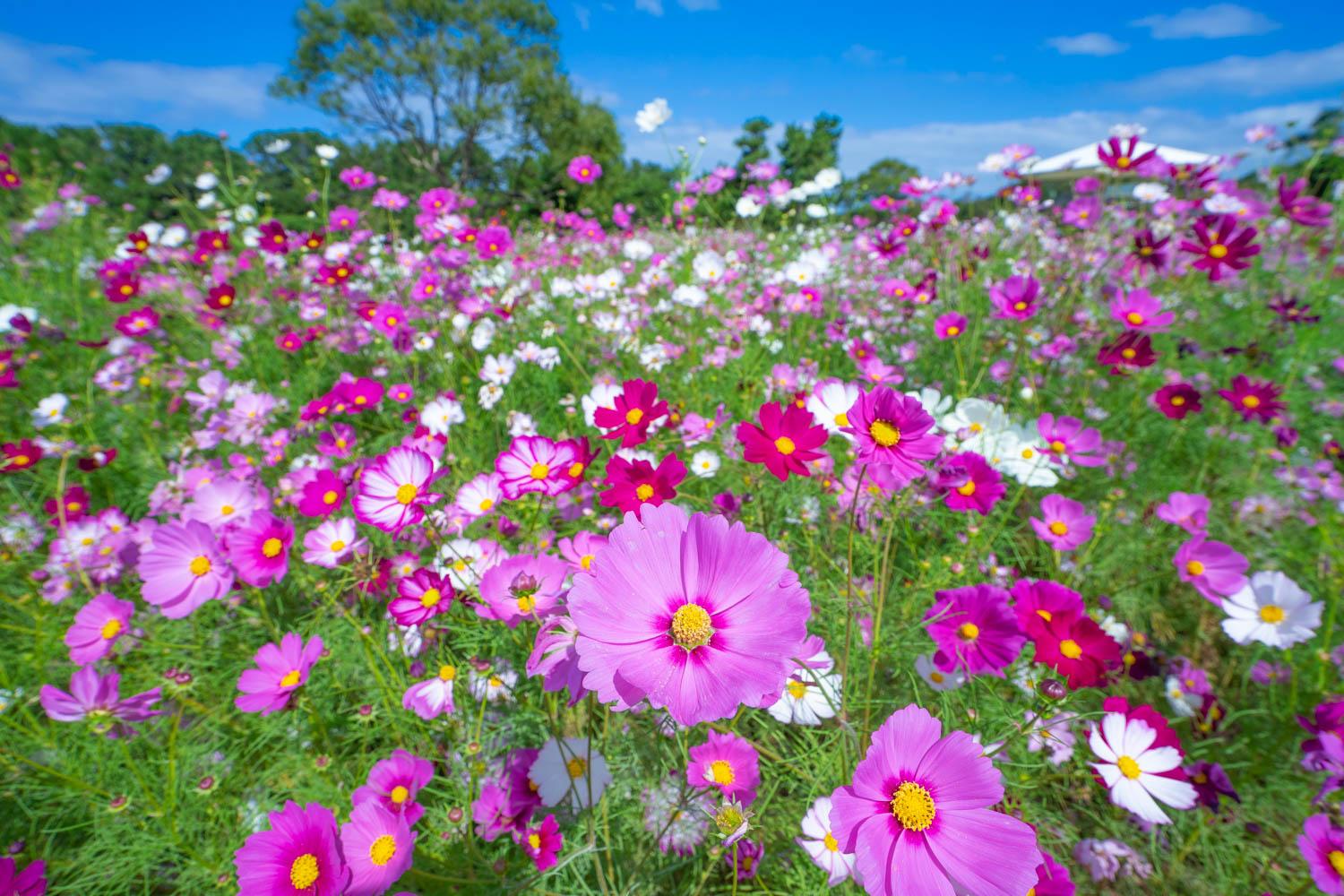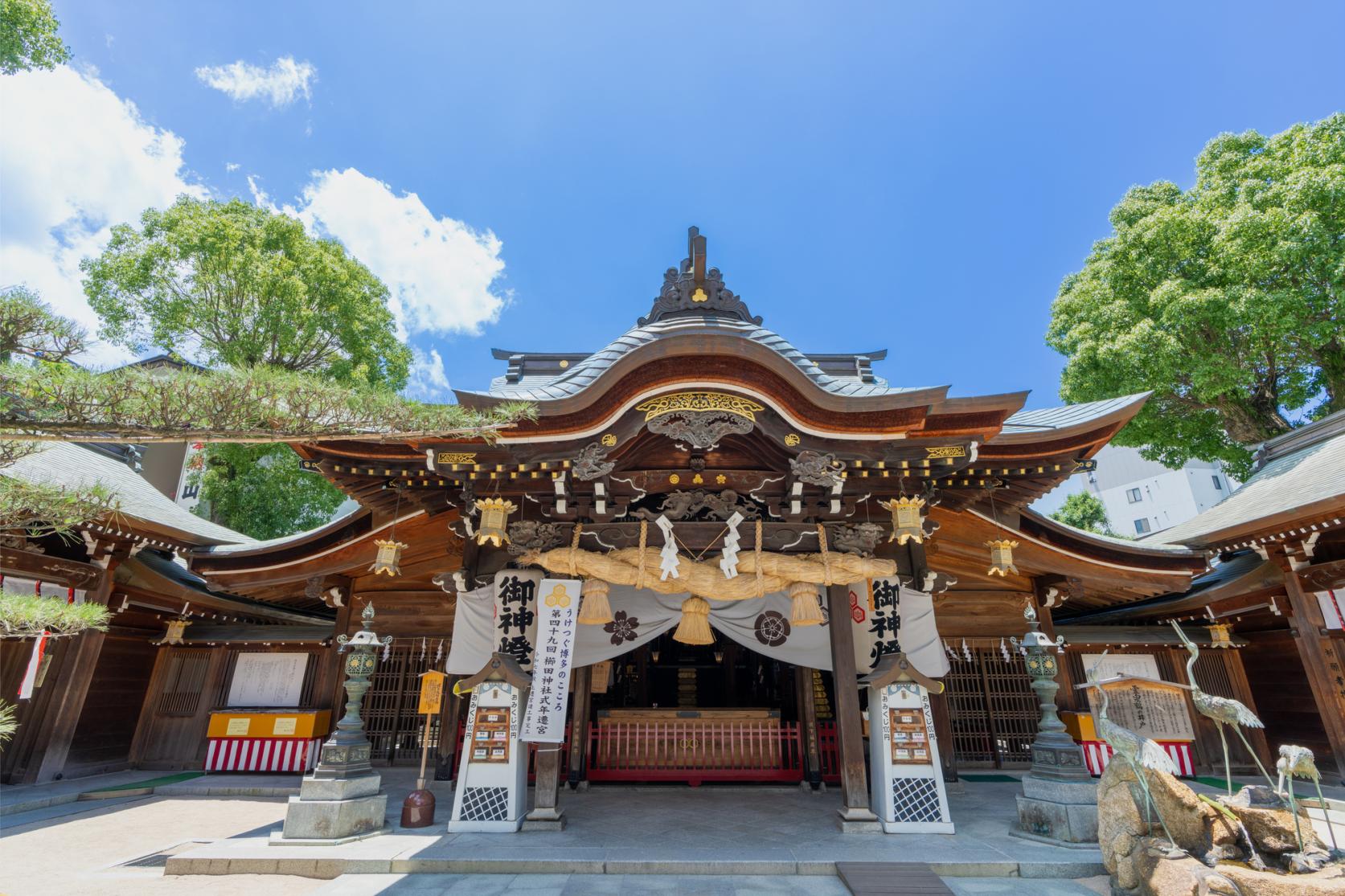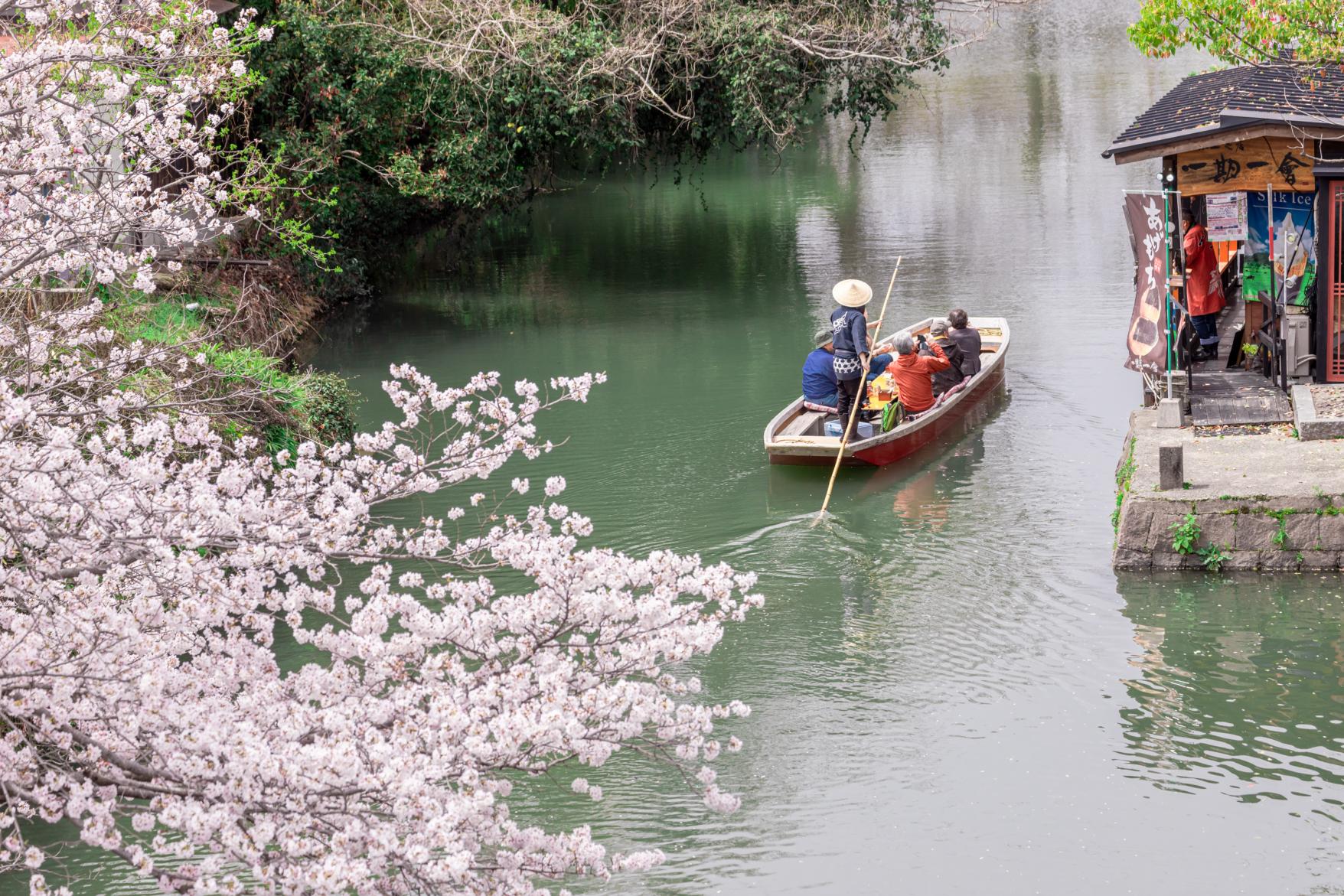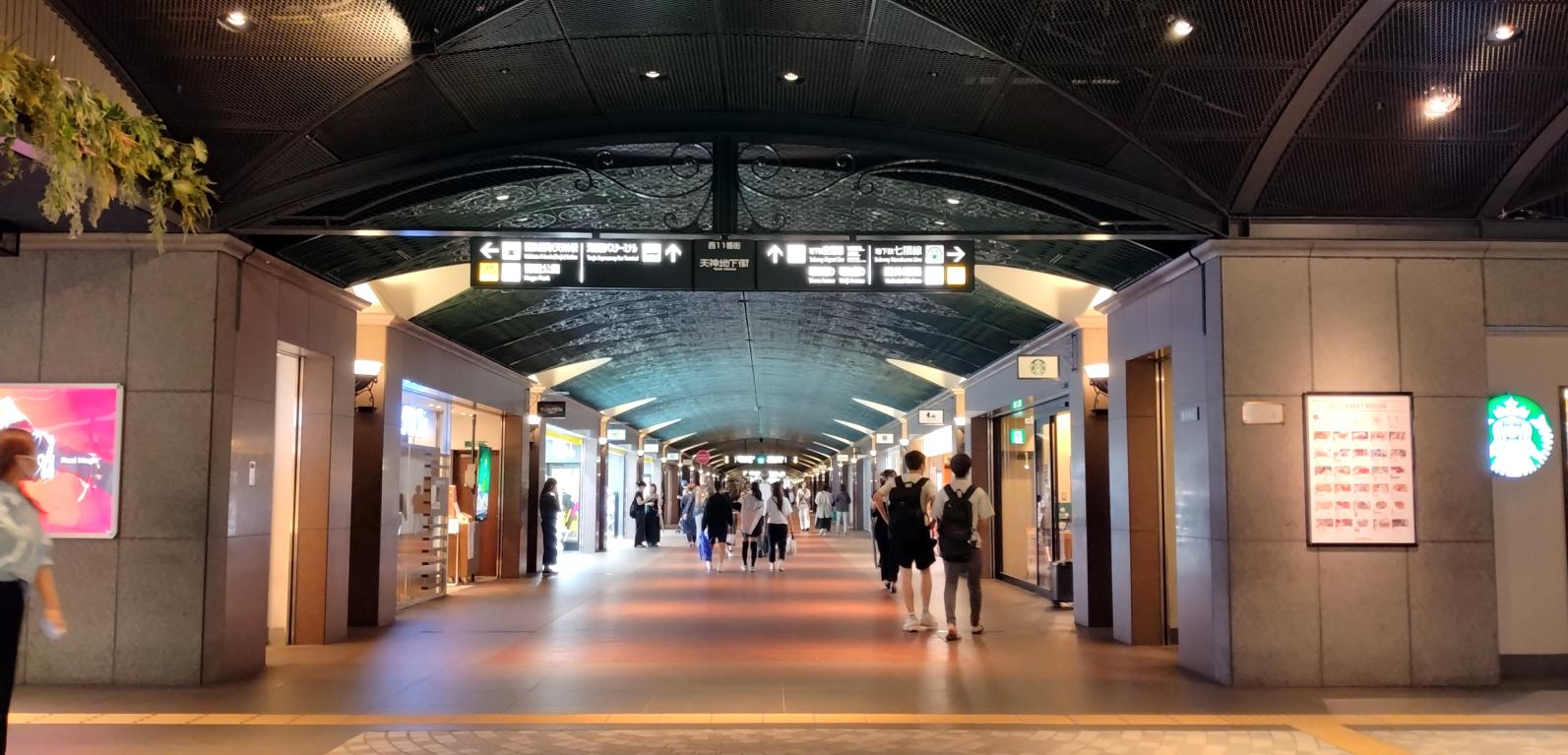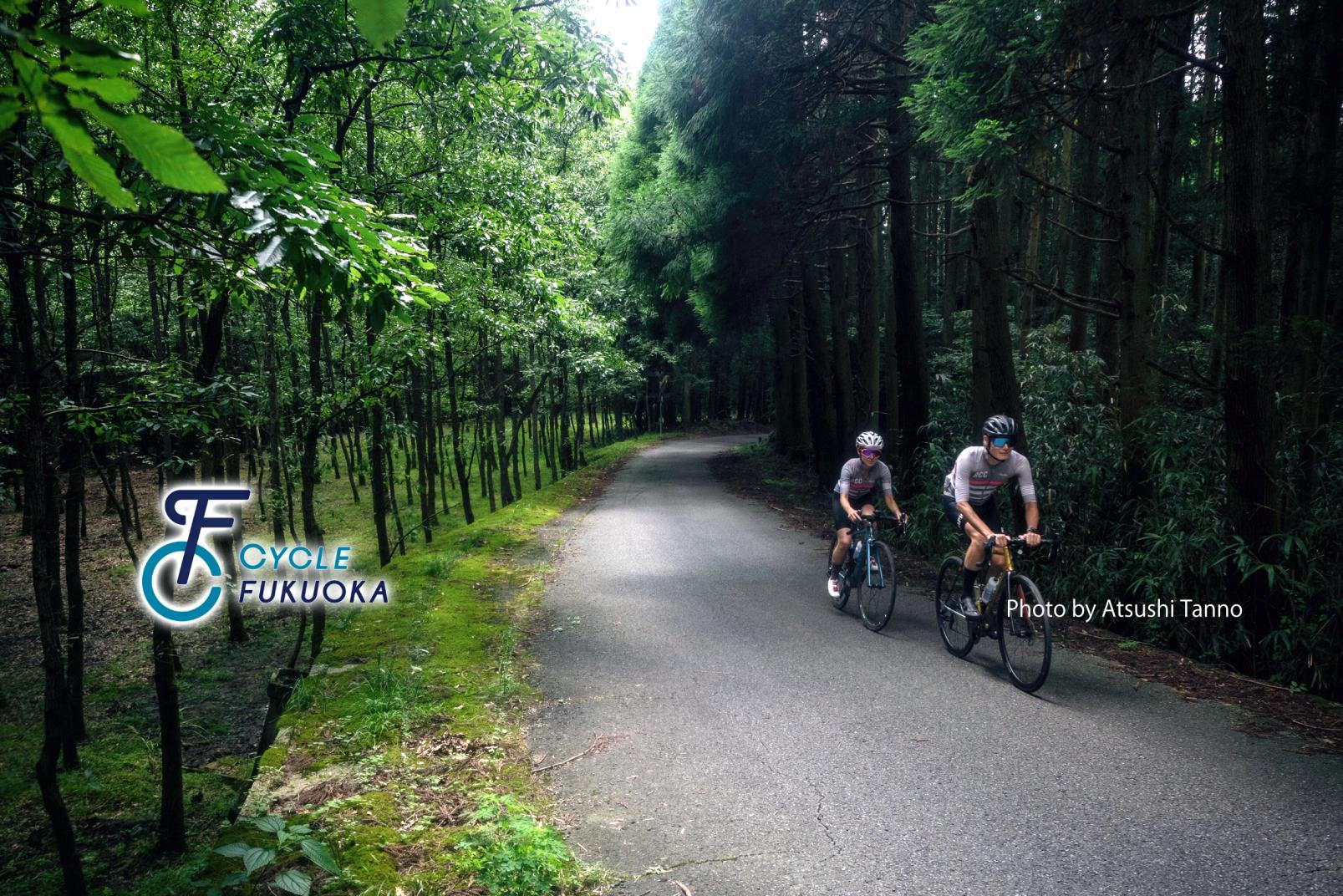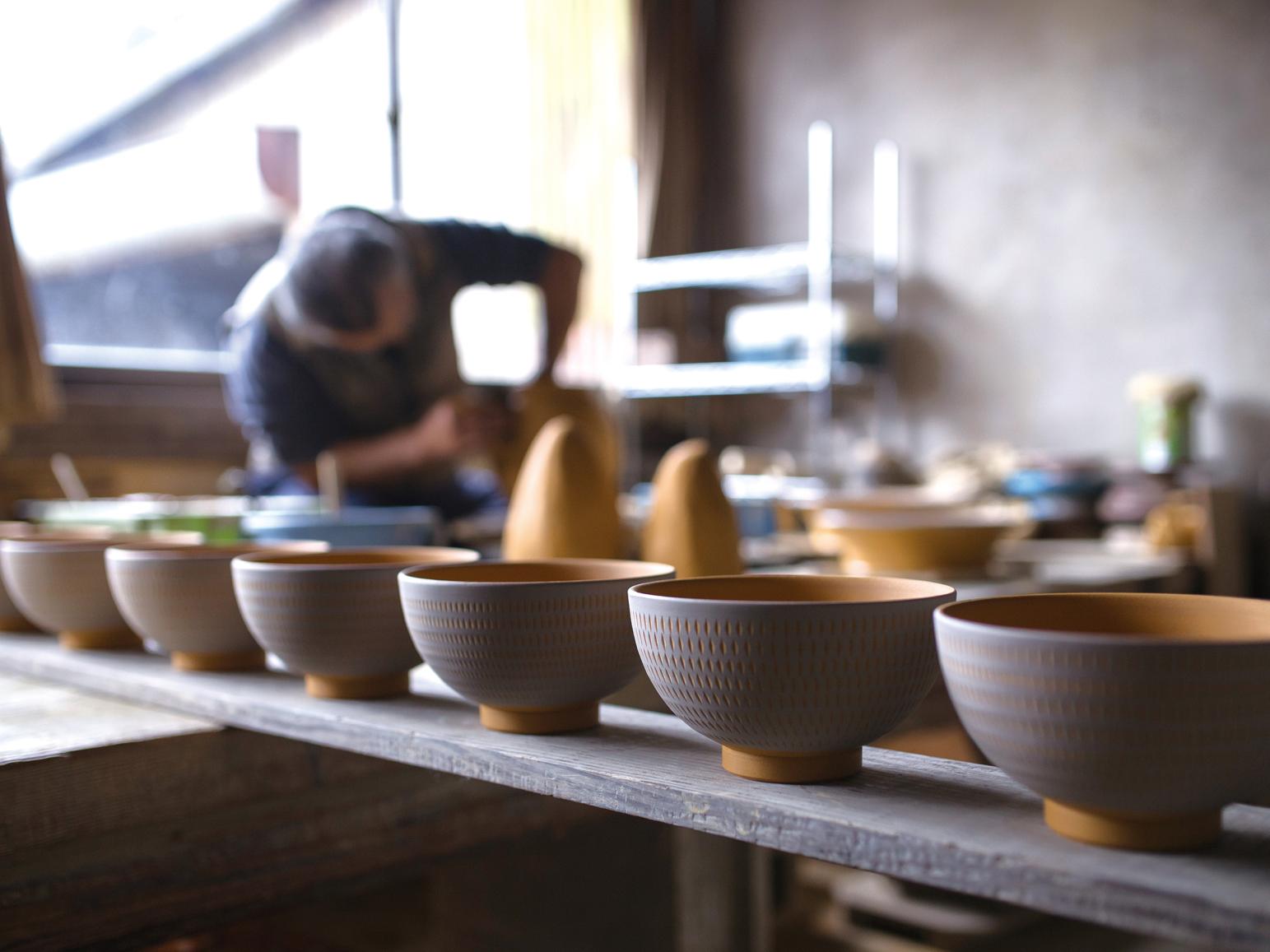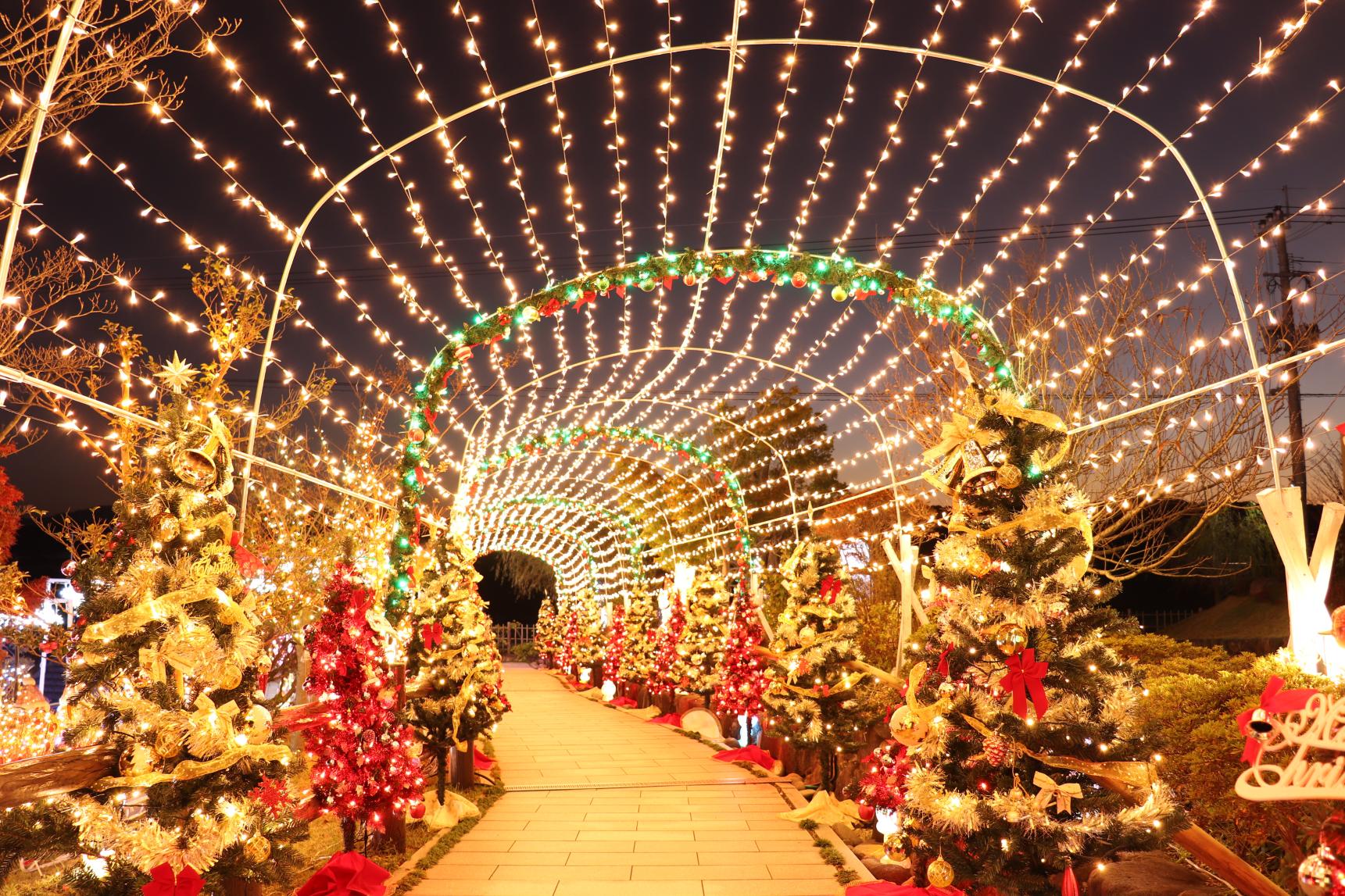We use cookies on this site to enhance your experience. By continuing to browse, you agree to our use of cookies. See our Cookie Policy for more information.
Kowakamai (Government-Designated Intangible Folk Cultural Asset)
幸若舞(大江天満神社)
As Japan’s oldest form of dance with a 700 year history, “Kowakamai” is said to have been the prototype for Noh and Kabuki. Oda Nobunaga himself supposedly performed the dance, which incorporates the use of fans and accompanying narratives. Kowakamai was popular during the Muromachi Era (1336 - 1573) and was supposedly originated by Momonoi Tadanobu (from whose childhood name, “Kowakamaru”, the dance originated) from Echizen (Fukui Prefecture).
After the Meiji Restoration, Kowakamai declined in many areas throughout Japan; the tradition was kept alive in Oe, however, and is now a Government-Designated Intangible Folk Cultural Asset!
Kowakamai is performed in dedication to the gods on January 20 of every year at the dance hall on the Oe Tenman Shrine grounds, attracting sightseers from all over the country. In addition to this performance, the dance is performed two to three times a year at folk performing art festivals throughout Japan.
Basic Information
| Address (Japanese) | 835-0019 福岡県みやま市瀬高町大江1488 大江天満神社 |
|---|---|
| Address | Oe Tenman Shrine, 1488 Oe, Setaka Town, Miyama City, Fukuoka |
| Telephone Number | 0944-32-9183(みやま市教育委員会 社会教育課) |
| Contact | Miyama City Commerce Industry and Tourism Division |
| Access | By train - About a 5 minute drive from JR Setaka Station on the Kagoshima Main Line By car - About a 5 minute drive from the Miyama Yanagawa Interchange off the Kyushu Expressway |
*Information on facilities is subject to change. Please check each official website for the latest information.
- Area
- Chikugo Area



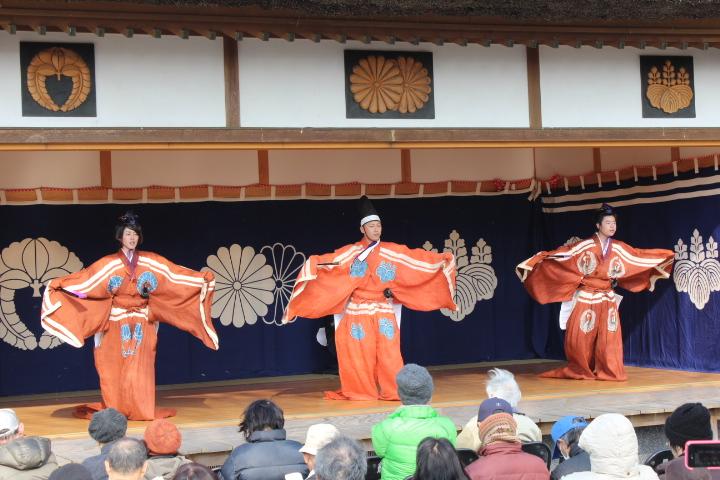
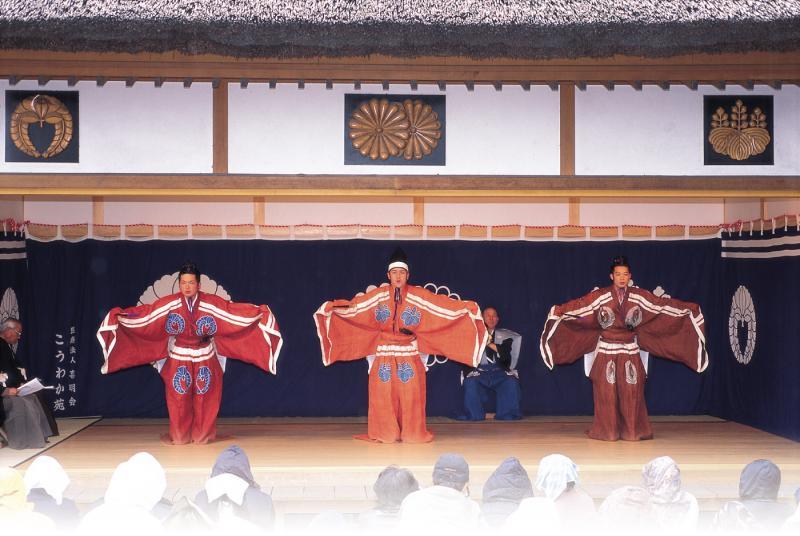
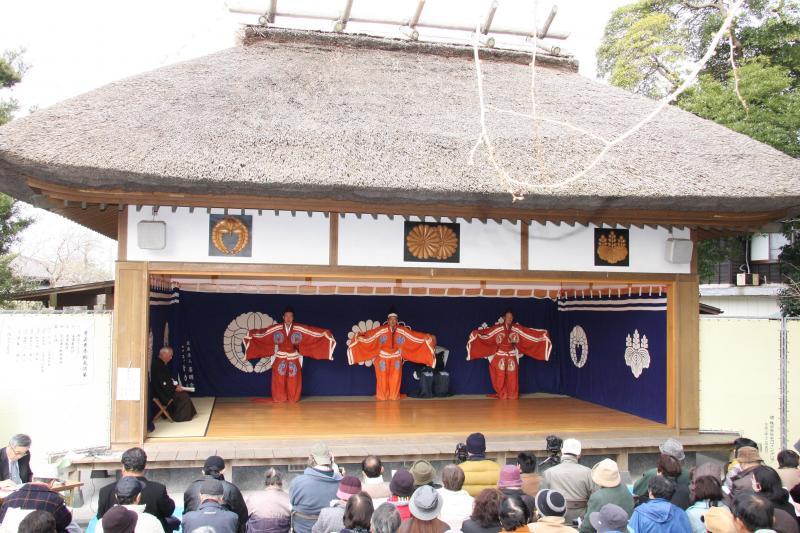
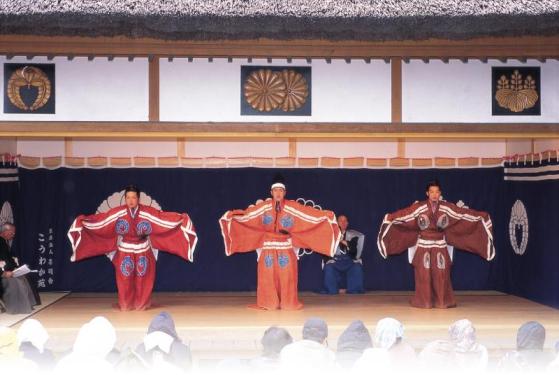
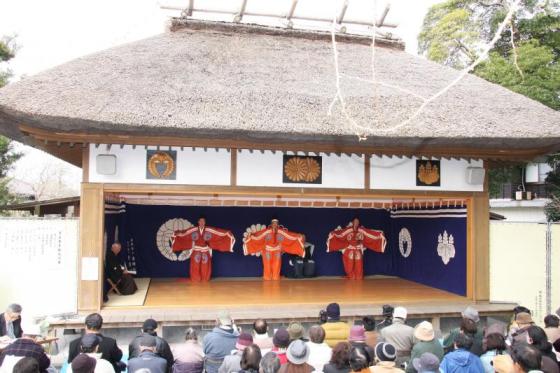
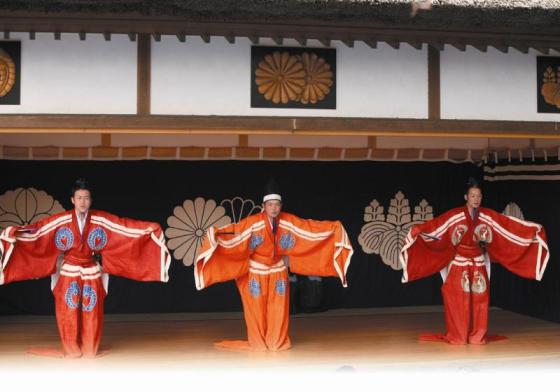
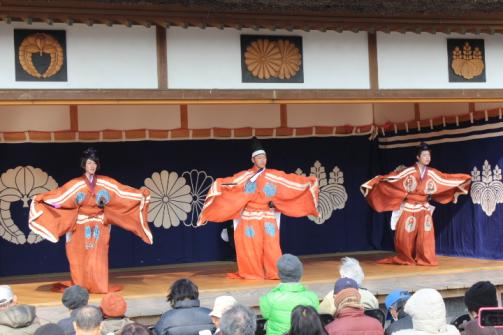
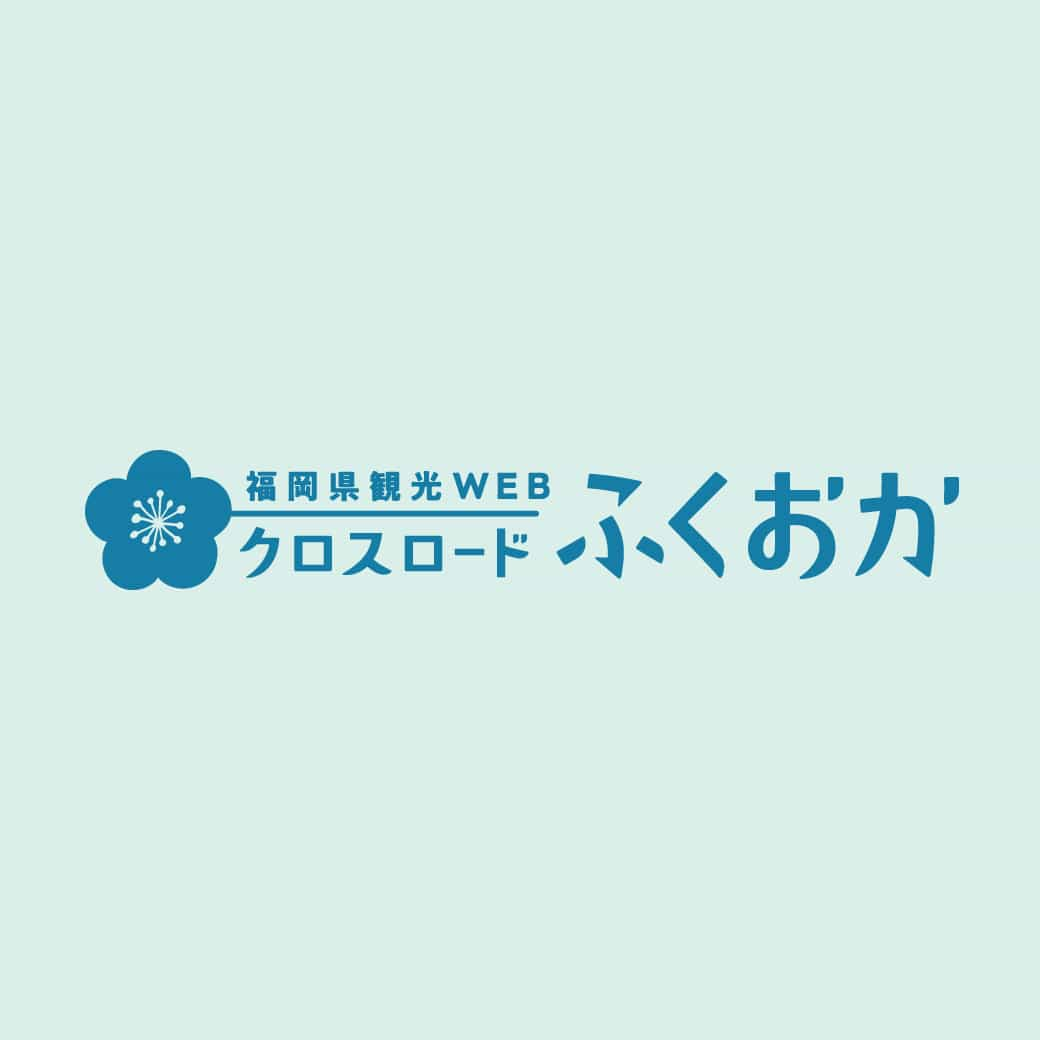
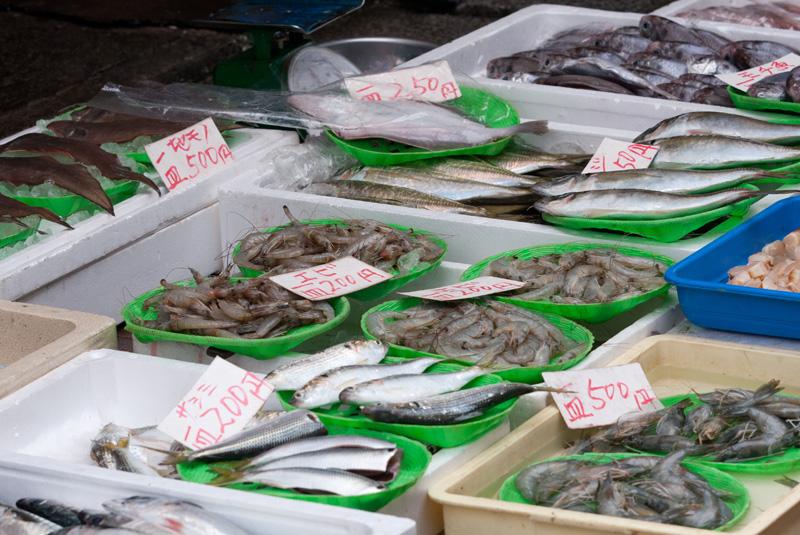
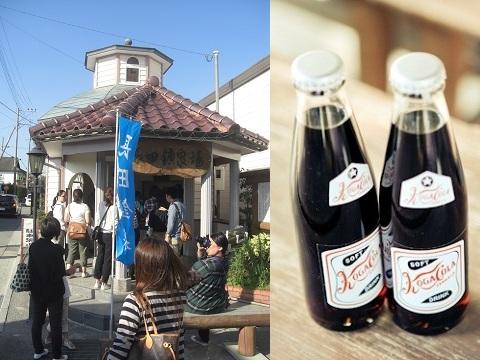
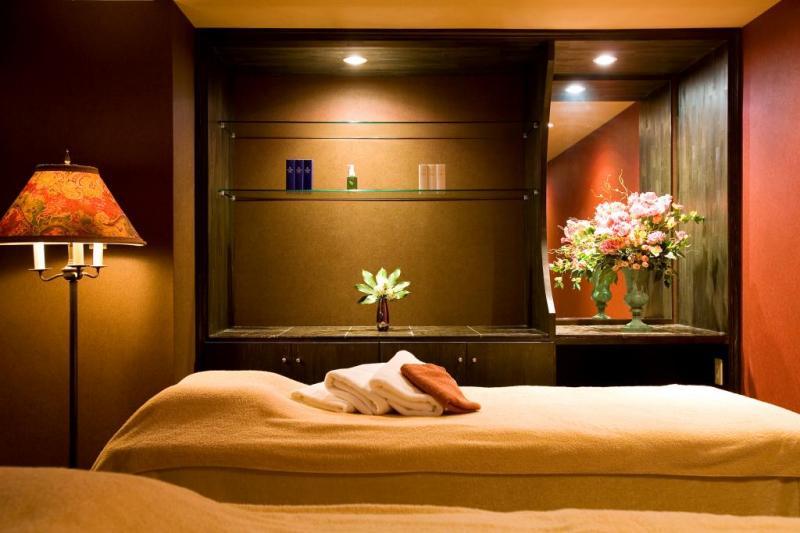

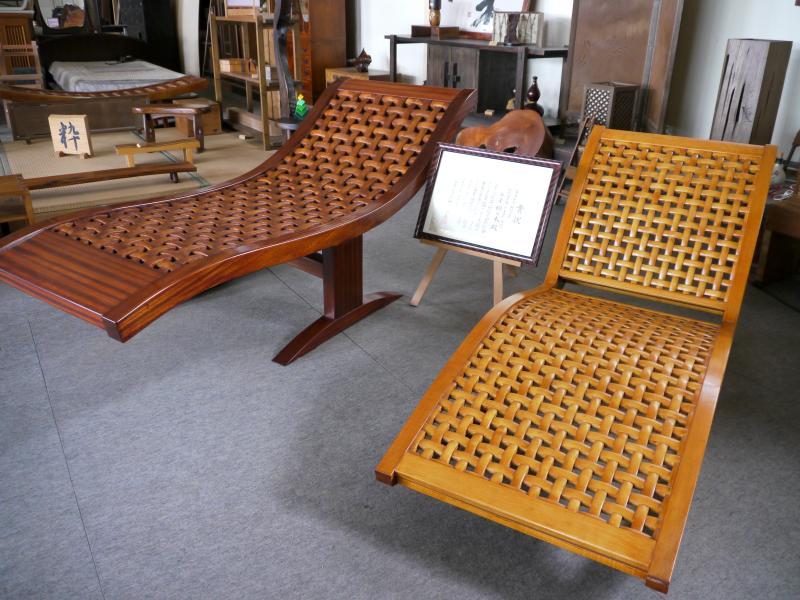
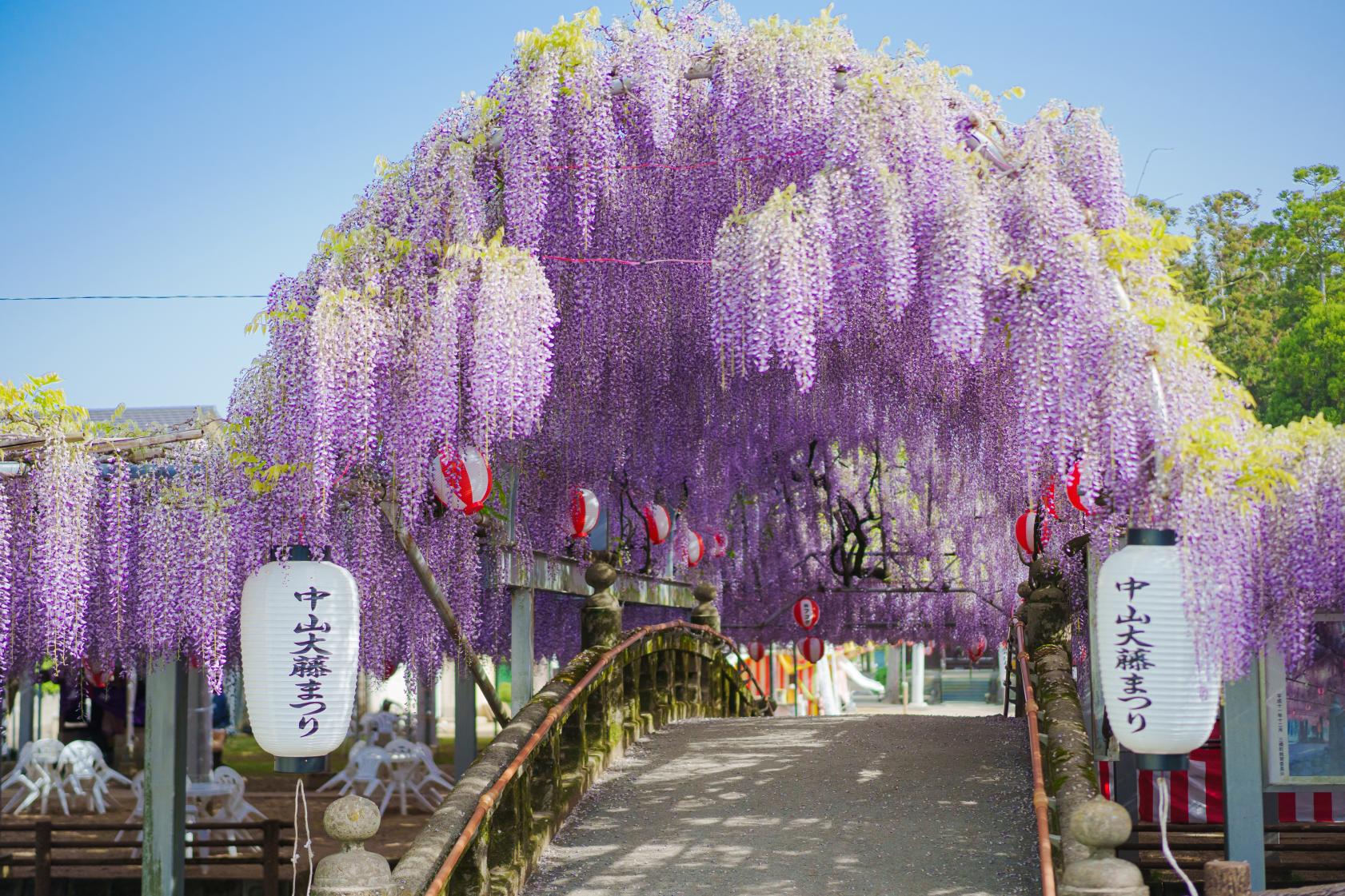
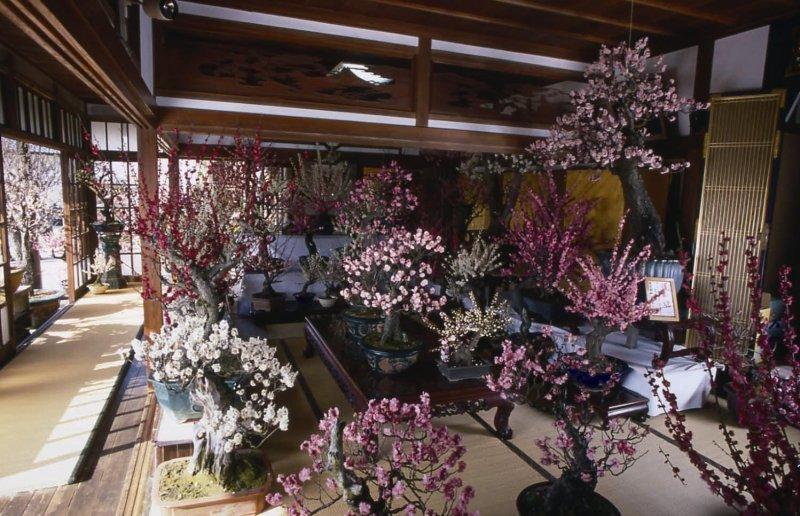
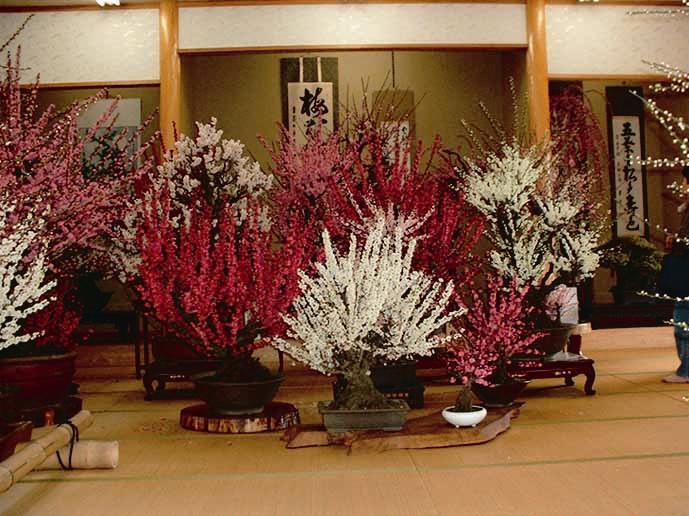
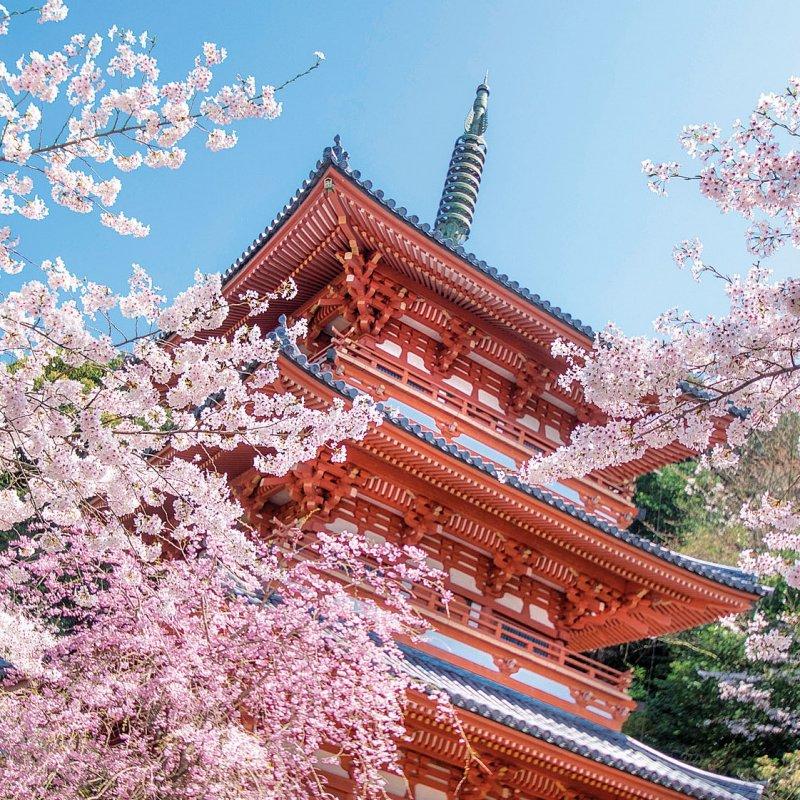
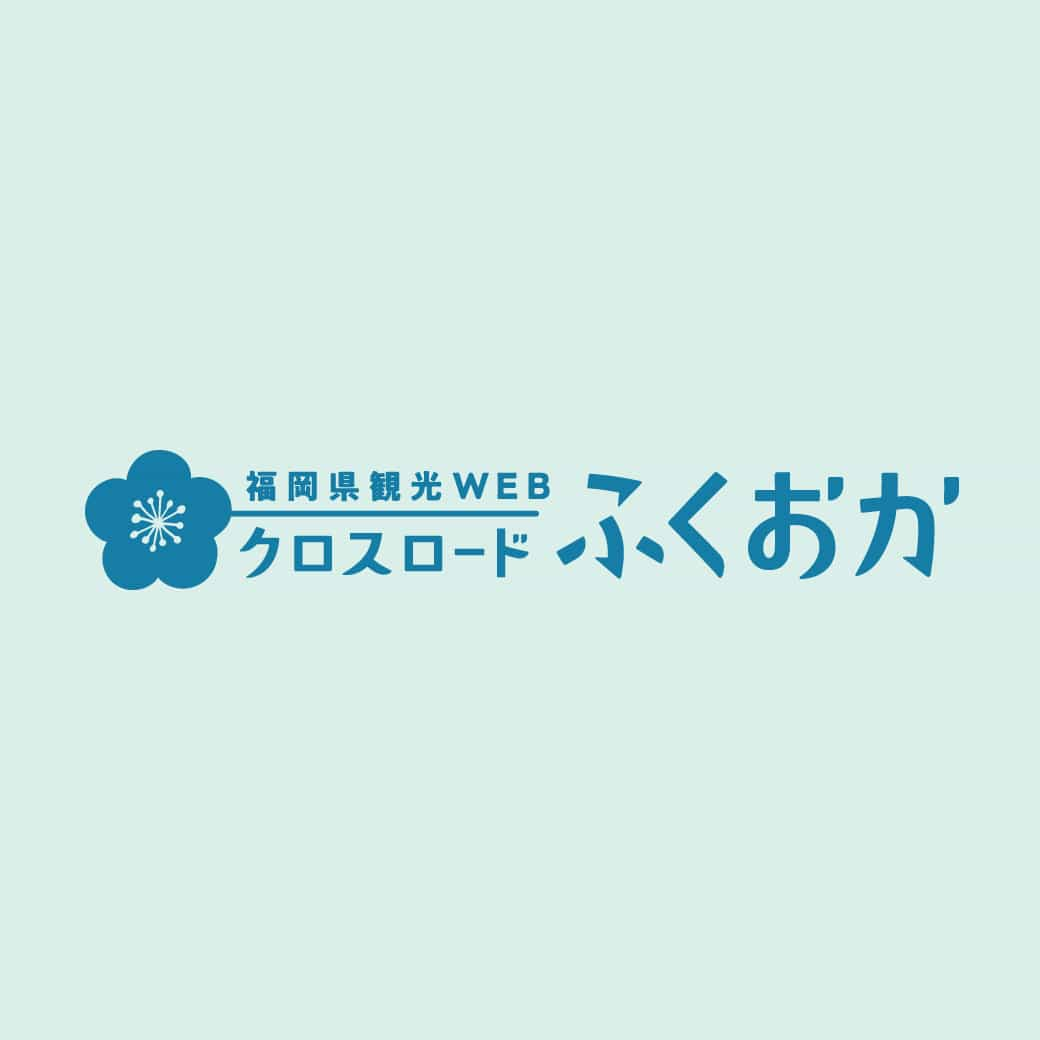
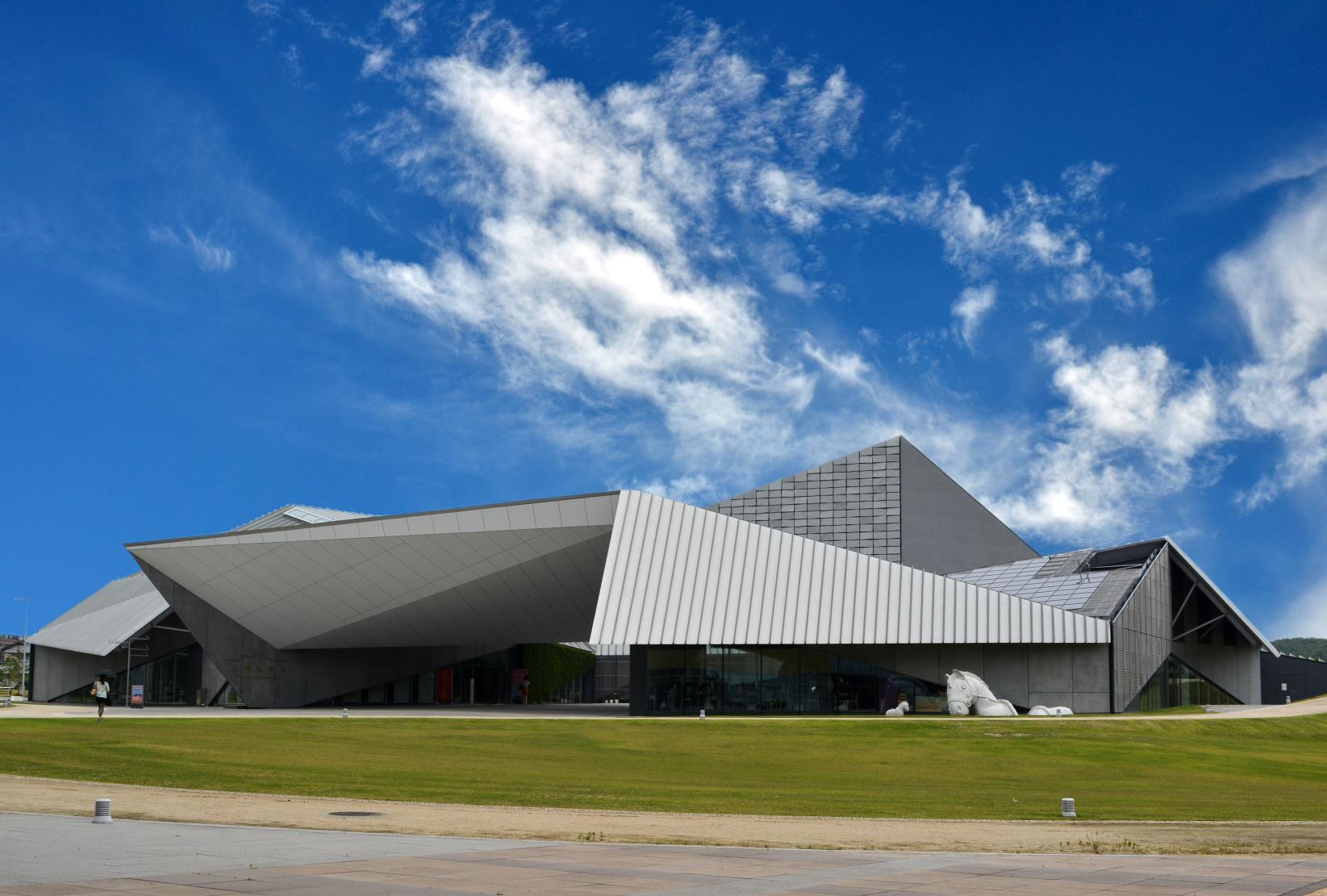
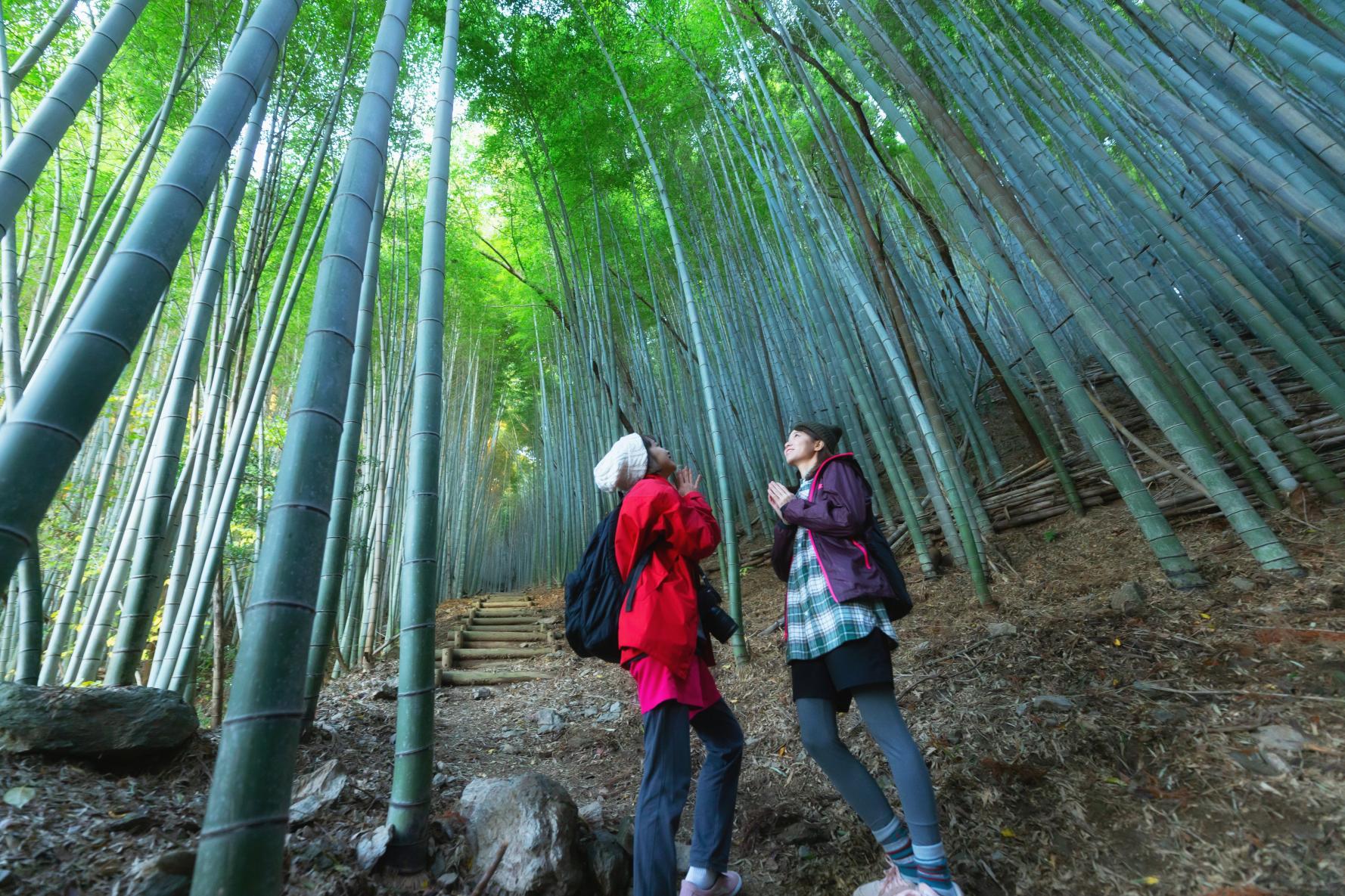
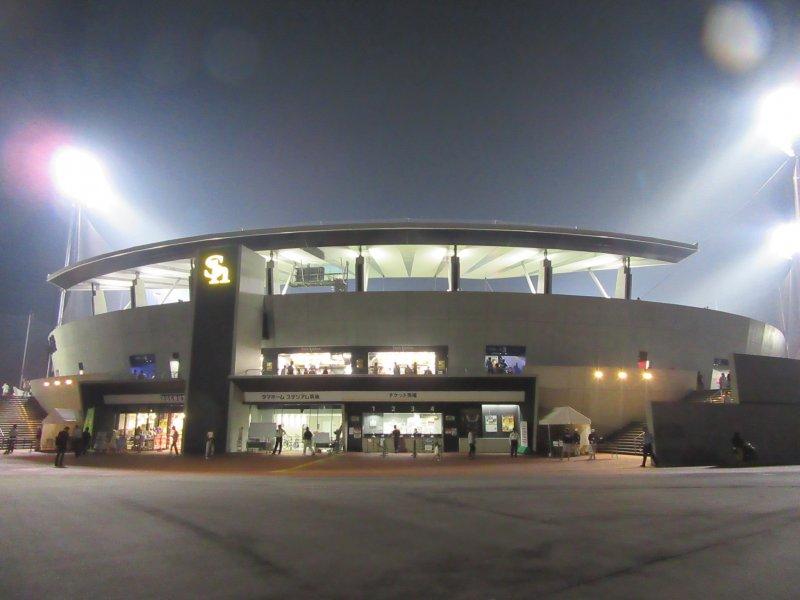
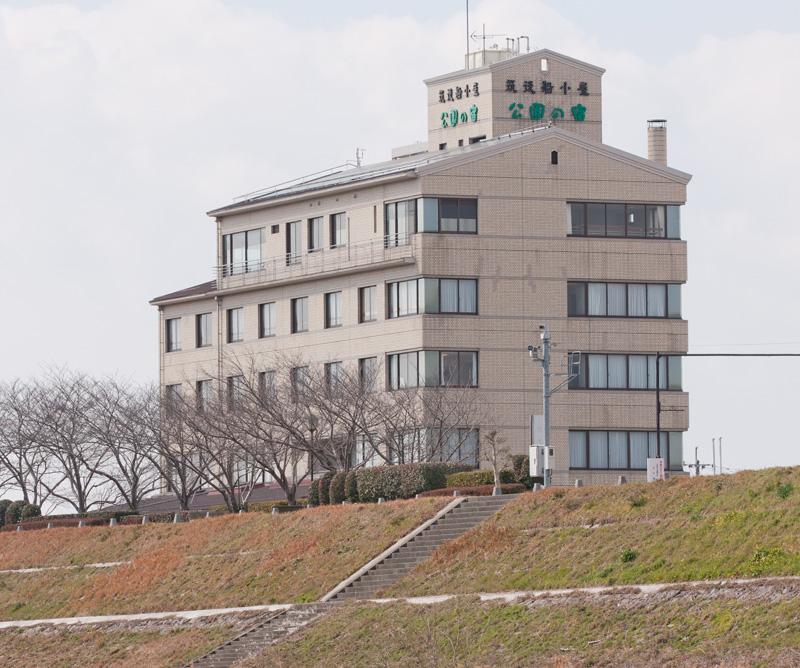
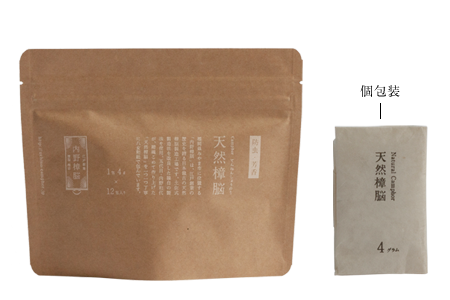
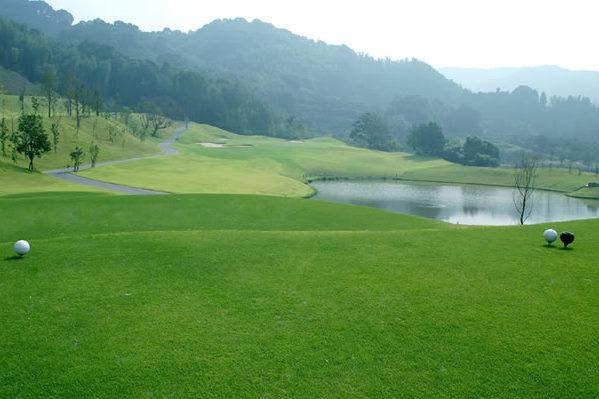
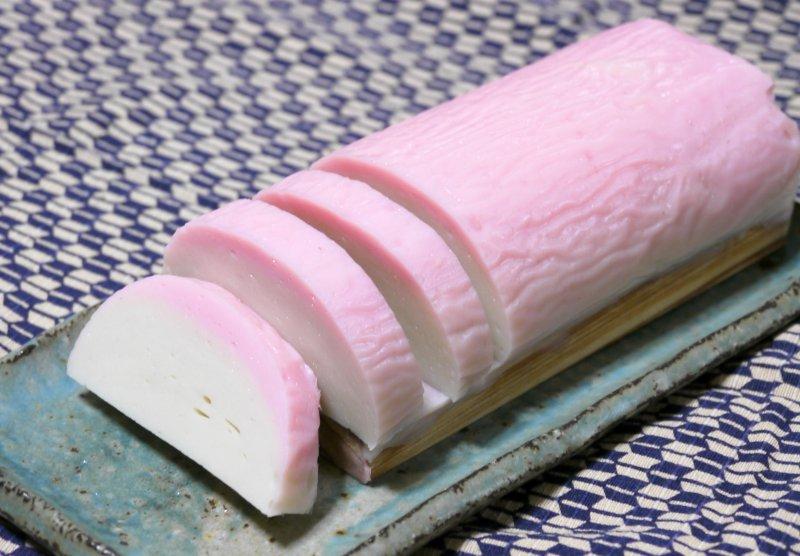
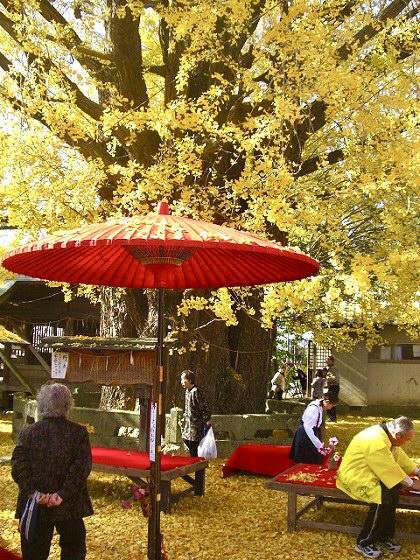
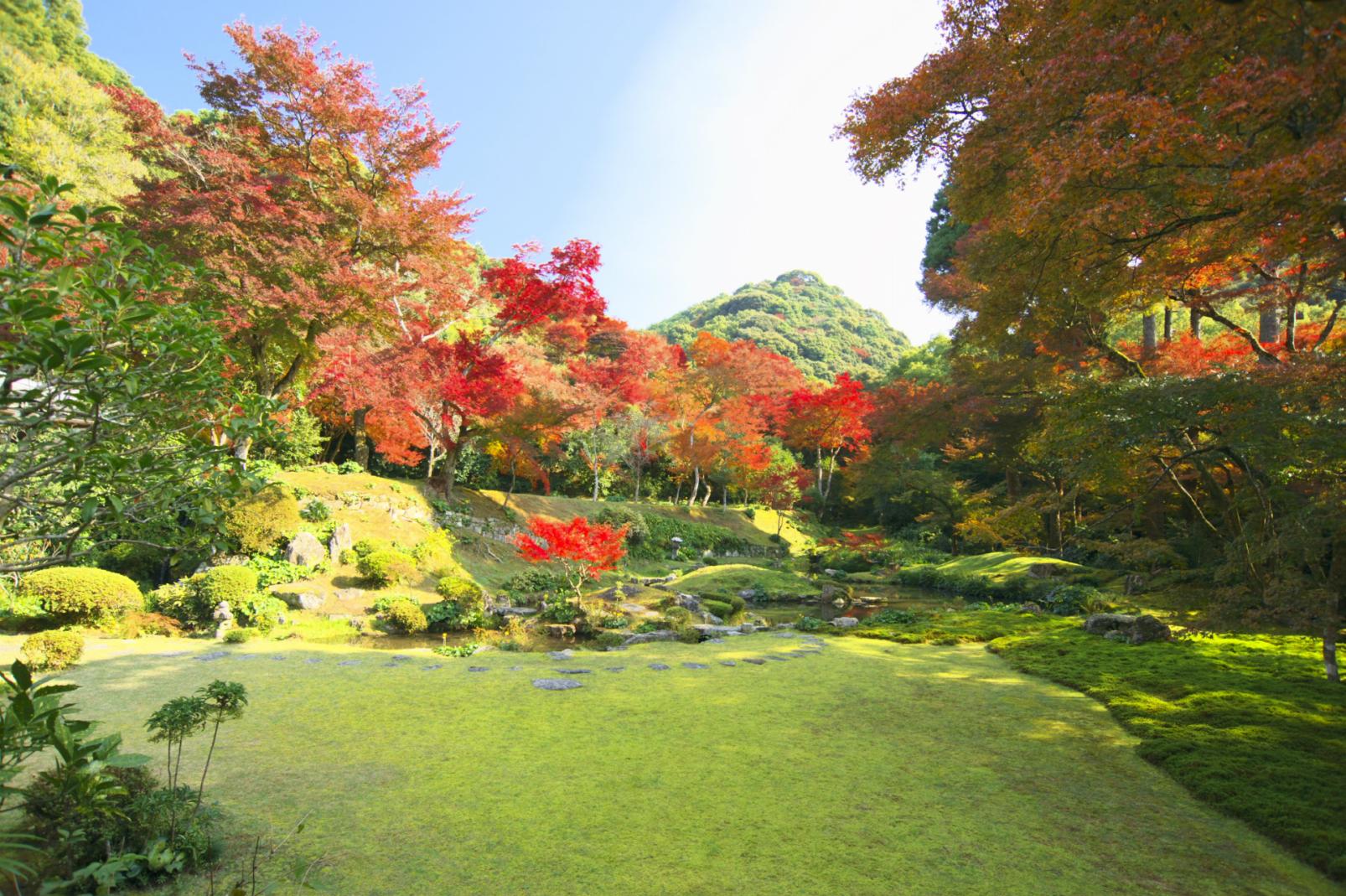
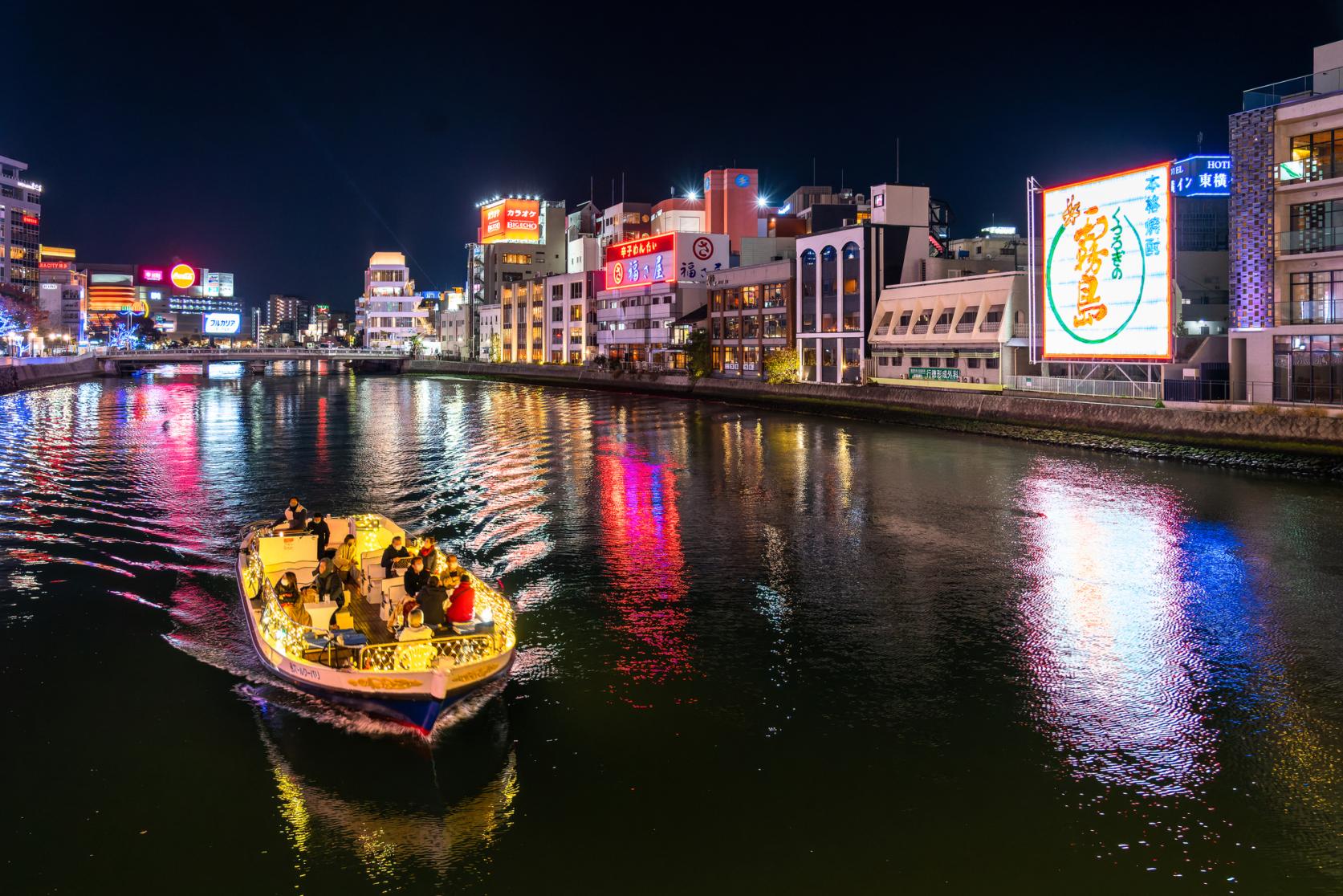
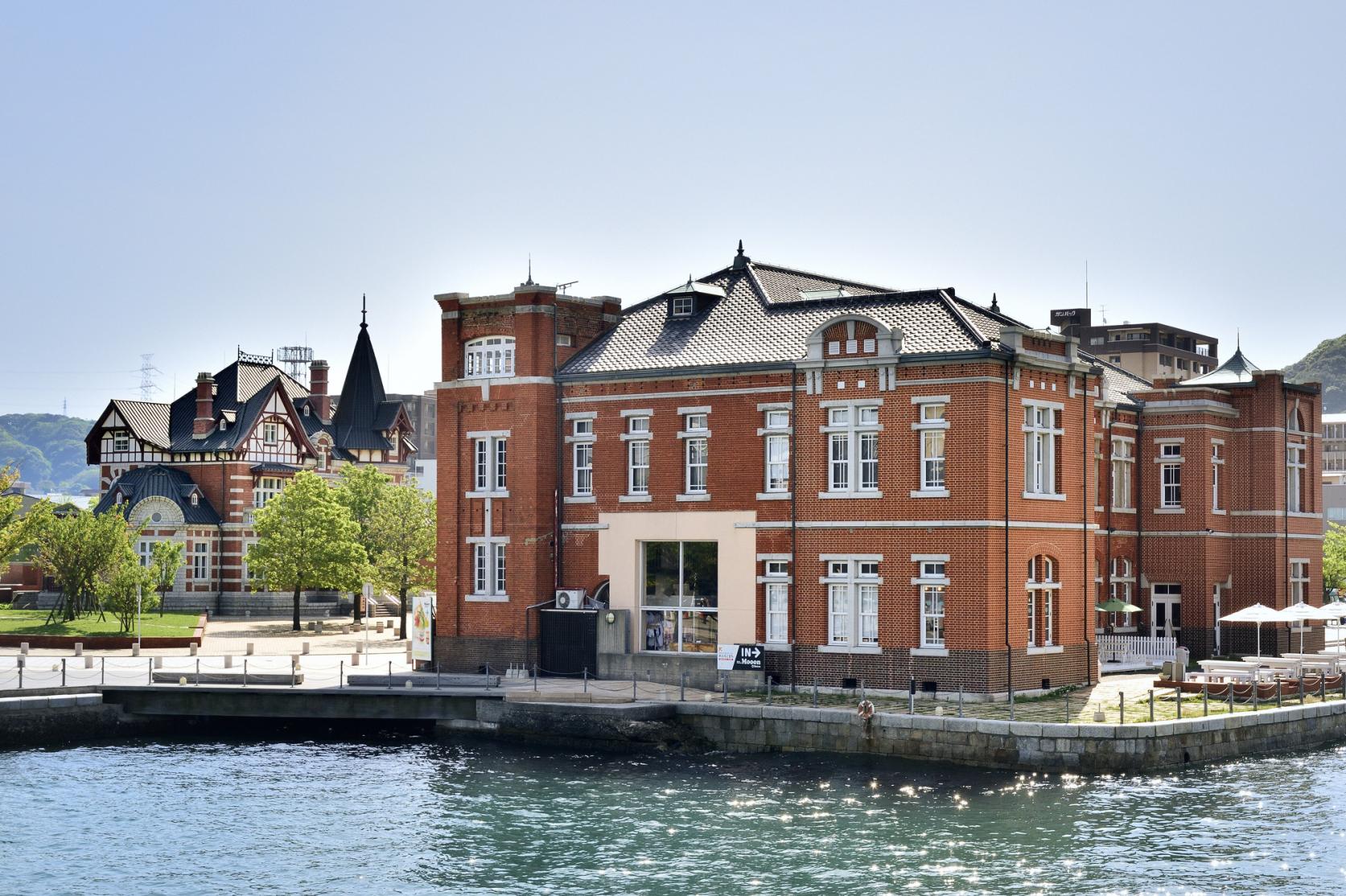
![[2023 Edition] Strawberry Picking Spots in Fukuoka](https://www.crossroadfukuoka.jp/storage/special_features/49/responsive_images/9ZHgrqvQdpH8tM4IRF54DXu0aPBF3YGGkj5WOTGc__1673_1115.jpg)
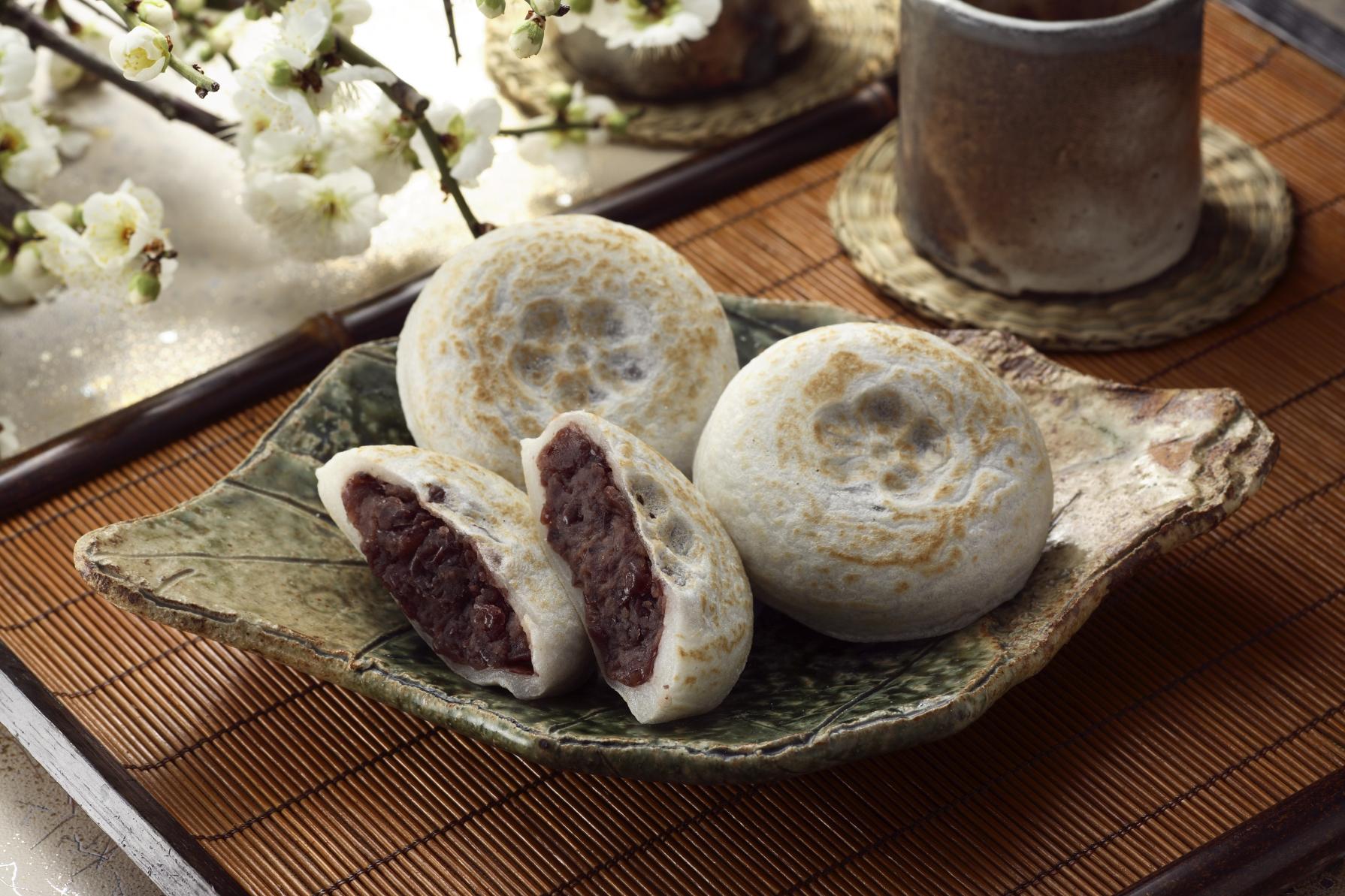
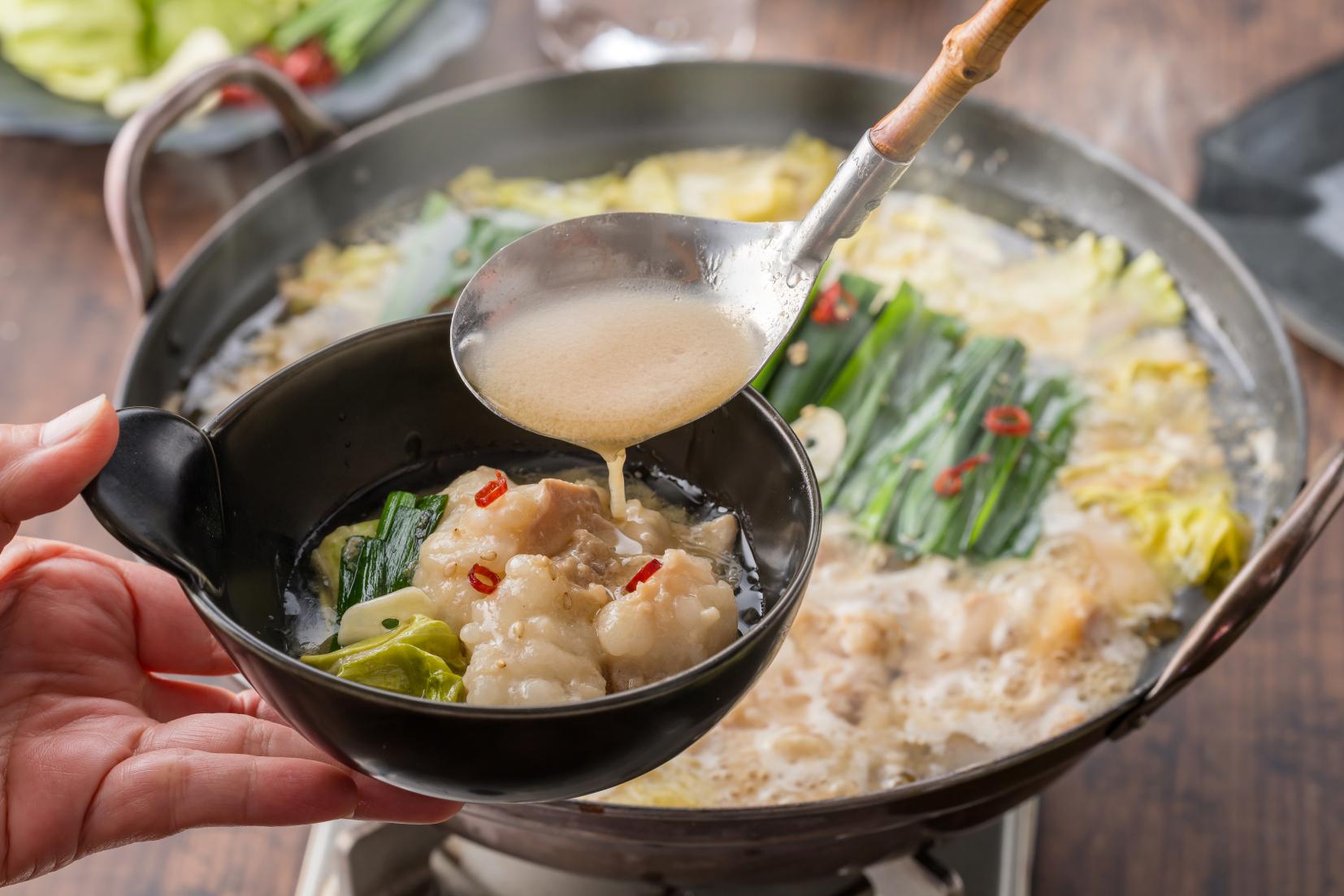
![[2025 Edition] The Best Places to See Cherry Blossoms in Fukuoka](https://www.crossroadfukuoka.jp/storage/special_features/38/responsive_images/q0hE9tjduBiHqz9D4hlPG9Rx4qnsyGjp3aFupoG1__1673_1115.jpg)
